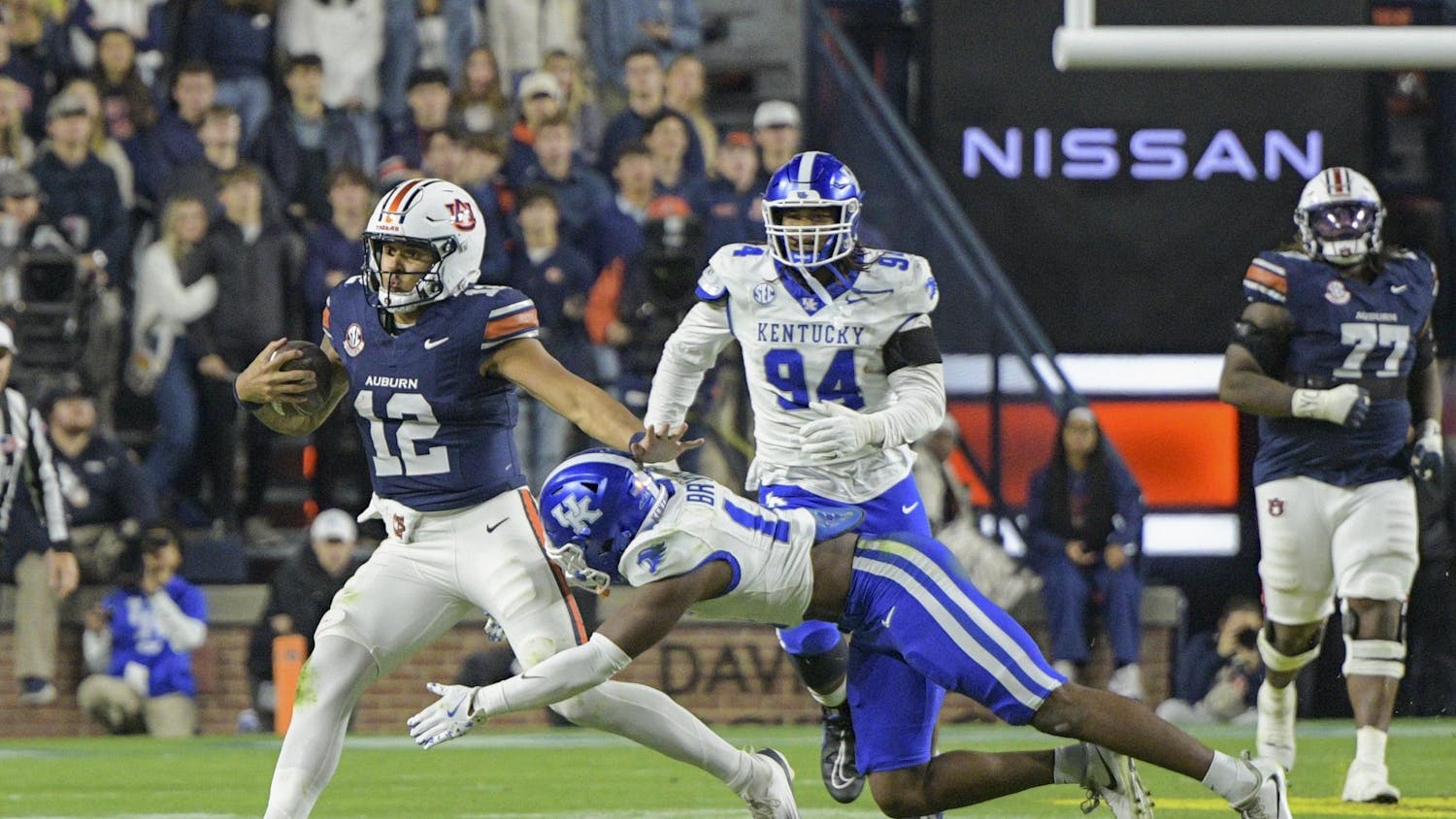“Lady Bird,” a nominee for four Golden Globes and a winner of two, asks a lot of questions. The first -- who is Lady Bird?
Christine “Lady Bird” McPherson, played by Saoirse Ronan, is a 17 year old growing up in 2002 and attending a private Catholic school in Sacramento, California.
She argues with her mother, loves her best friend and desperately wants to escape her
Lady Bird refuses to be called by the name her parents gave her, literally jumps out of a moving car to avoid a hard conversation with her mother and snacks on communion wafers with her best friend Julie, played by Beanie Feldstein.
She hates conformity and revels in irreverence. She has childish expectations about money, family and love, but throughout the movie the audience watches her grow up and come to terms with these fantasies.
The audience gets to see her learn about relationships and love, not just romantic love but love that is found in families and friendships as well.
Conflicts in “Lady Bird” often originate from lies the characters tell each other and the subsequent fallout after the truth is discovered. Throughout the
Time and time again, though, the lies fall apart and more harm is done to everyone involved.
The repetition with which this occurs also reminds the audience that white lies are actually a projection of the person spreading them.
Similarly, some of the characters in the film suffer
They are thought to be the happiest person in the room, but each of them has their own internal struggle.
It highlights how people lie to make their appearance closer to their desired persona and strive to be the happy person people want them to be.
This movie captures familial discussions and conflicts in a realistic manner.
Characters often speak over one another, the
While some of the dialogue sounds cliché, the way lines are delivered by actors on screen makes them relatable.
The early 2000s vibeflows strong throughout the film -- teenagers hang out in parking lots, hair is Kool-Aid dyed and puka shell necklaces are common accessories.
While all of these can be looked down on as stereotypes, there's something nostalgic about seeing them portrayed in such a beautiful way. The movie is also punctuated with
The history reinforces the decade and the character's reactions to such ebents add another element of relatability.
Finally, this movie looks at the difference between liking and loving.
While that seems like a stereotypical idea, this movie examines in a way in which it is a question of maturity rather than feeling.
Since the audience gets to see Lady Bird grow up, she is the one learning the difference between liking and loving. Multiple boys that she “loves” come along, but all of them let her down.
This is contrasted with her mother, who she constantly fights with but is always there for her when she is in need.
This theme is explored in Lady Bird’s feelings toward Sacramento.
She spends a lot of the movie hating the city, but it’s the detailed attention that she gives it that lets the audience know she loves it.
"Lady Bird" succeeds in showing audiences a touching and clear portrait of a young girl's coming of age set in a time still familiar to us today.
The way in which its characters communicate, the themes that are explored and the actors' talent and emotional depth shown make this film a must-see and justifies the attention it has gotten in recent months.
Do you like this story? The Plainsman doesn't accept money from tuition or student fees, and we don't charge a subscription fee. But you can donate to support The Plainsman.




